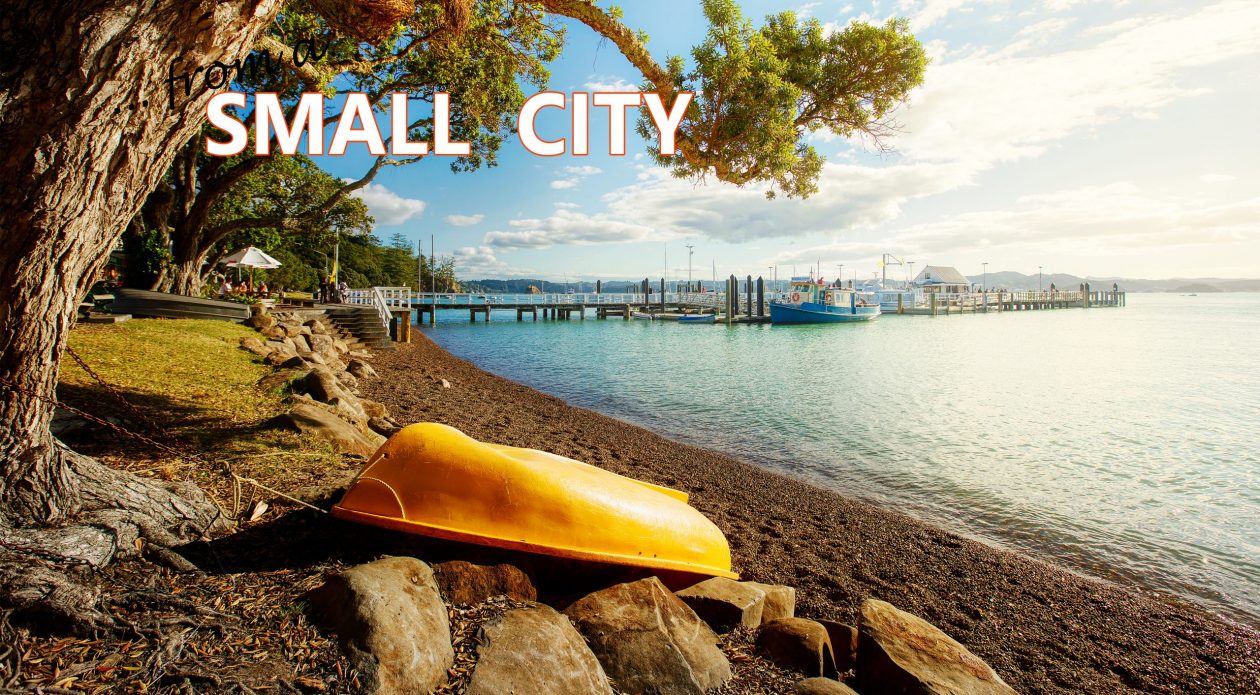It’s only in recent years I’ve grown to love the 120 year old stately home of Olveston. Like so many locals, for years I both ignored it and simply forgot it was there. However, last year I decided to reconnect with the place and went on a tour of the grand house. When construction of the house was completed in 1907, the four storey building featured reception rooms, a library, a kitchen, downstairs guest rooms, a galleried hall rising from the ground and to the upper floors which also served as a ballroom. There was a billiard room, a card room, numerous bedrooms, with the top floor being servants’ quarters and the basement serving as a large laundry.
However, the entire time I was there, I couldn’t for the life of me figure out why on earth the billiard room had been placed on the second floor. This seemed a little strange to me. If for no other reason than it seemed completely impractical. If we speculate for a moment that on a lovely Dunedin evening, when his family were entertaining guests with a fine meal with music, all the activities would be taking place on the ground floor. After a while, if for example the men wanted to retire to a separate room for brandy, billiards and cigars as was the custom, they would have then needed to head upstairs to the billiard and card room which is located right beside the bedrooms. Keeping this in mind, doesn’t the proximity of the billiard room to the main bedrooms seem a little close? Personally, and this is just me, I would have thought it would have been much more practical to have the billiard and card room on the ground floor of the house and as far away from the bedrooms as possible. At the very least this would have avoided the need to place extremely large steel girders beneath the floorboards to take the weight of the Olympic size billiard table which weighed over an impressive two tonnes. But I’m not an architect, so what would I know!











 S
S



















